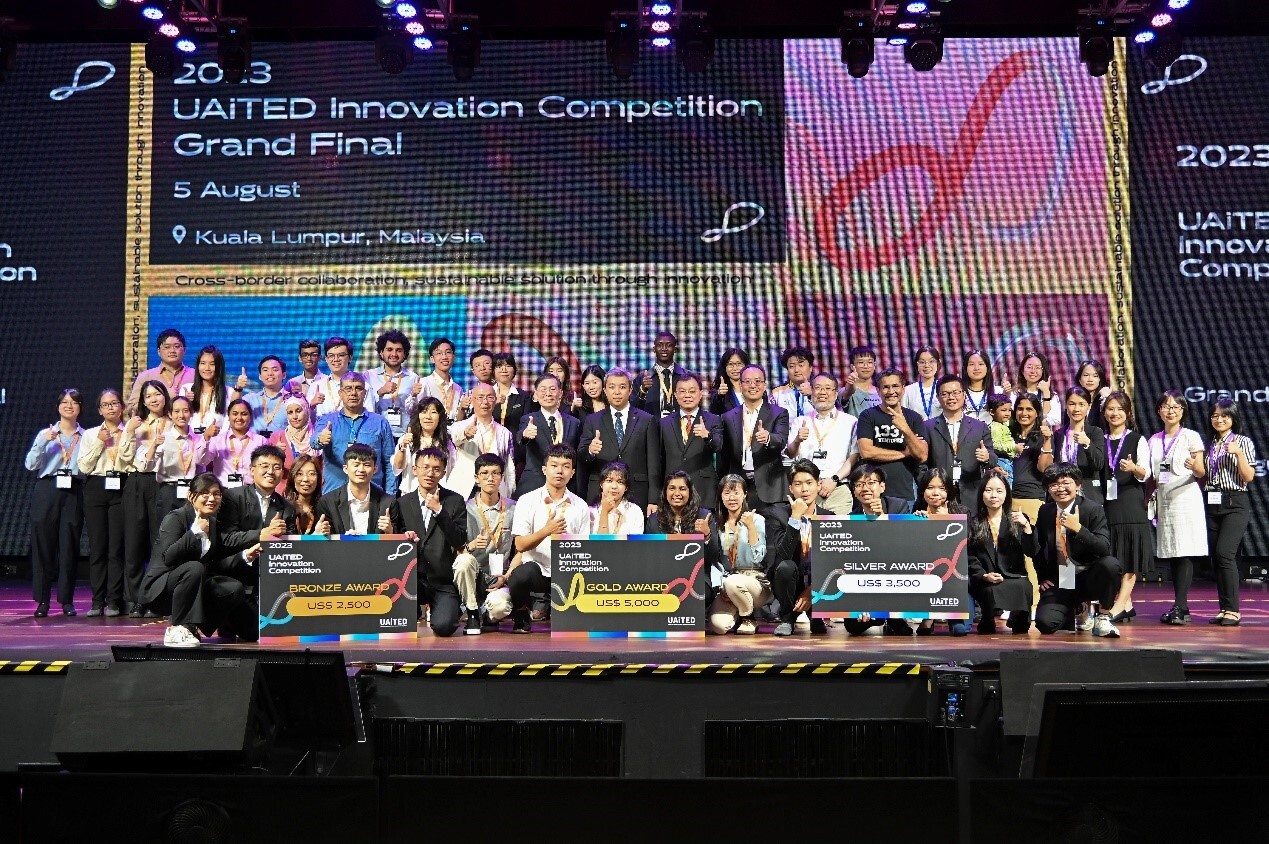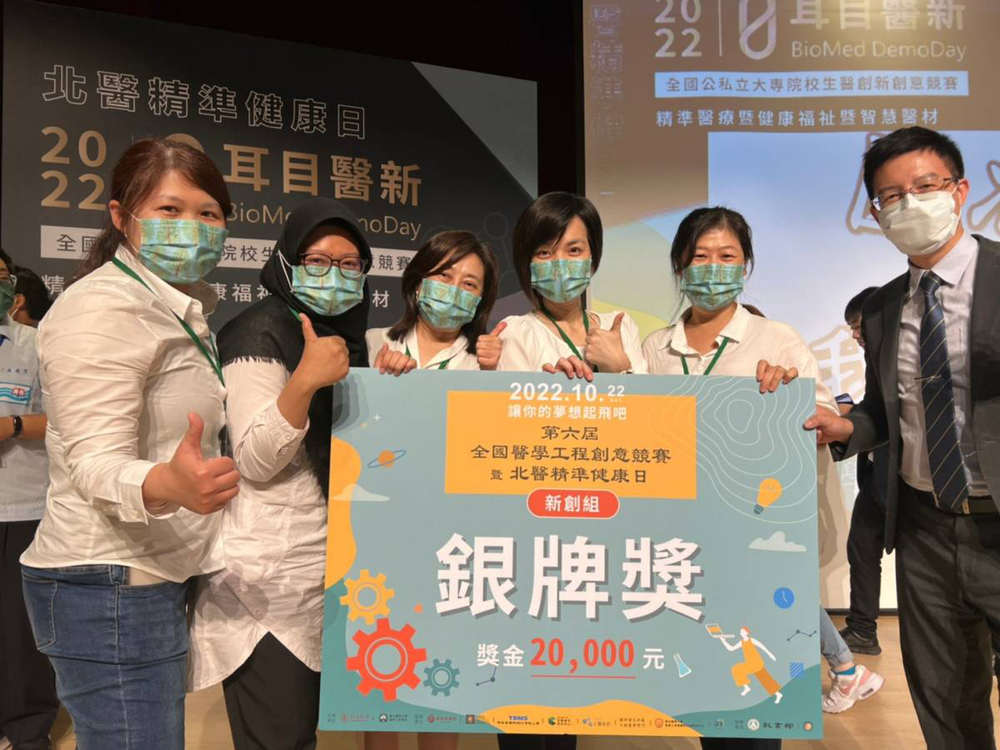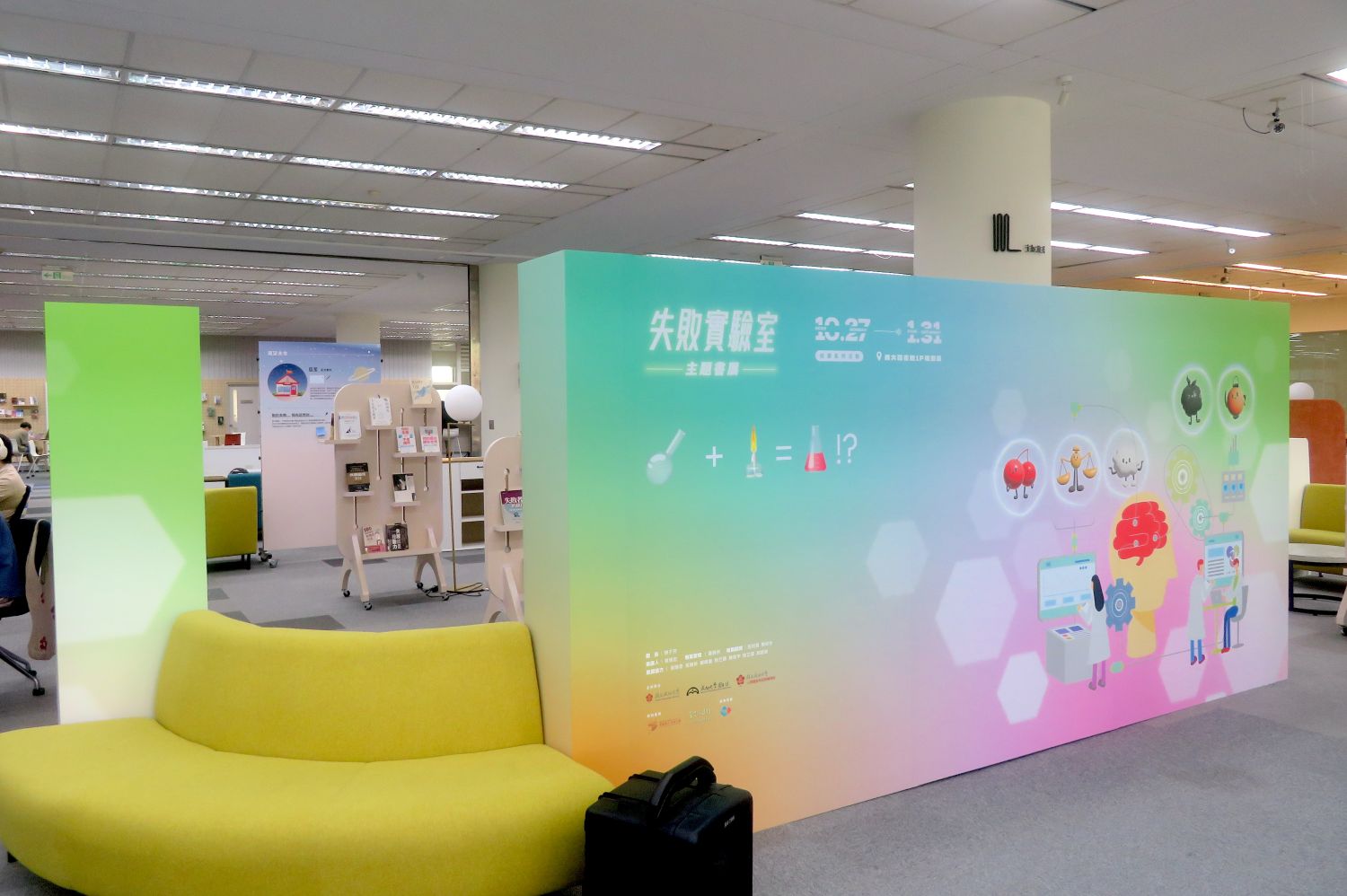Professor Fei-Yi Hung's team at NCKU has developed a globally innovative material for vascular stents known as PLAM.
The material addresses key challenges associated with existing vascular stents made from metals or plastics. Traditional metal stents, composed of stainless steel, cobalt-chromium alloys, or nickel-titanium alloys, cannot degrade within the human body, leading to long-term presence and potential complications. On the other hand, stents made from PLA, a biodegradable plastic, lack visibility in X-ray imaging after the implantation, making it challenging for physicians to monitor their performance.
To overcome these limitations, the NCKU research team, in collaboration with Dr. Feng-Yu Guo, Chief of Cardiology at Kaohsiung Veterans General Hospital, introduced magnesium into the equation. Magnesium, coated with a nanometer-thick layer of ceramic phosphate on its surface, was then combined with PLA to form PLAM. The researchers utilized a precision micro-injection molding machine to manufacture vascular stents with a PLA framework containing magnesium particles with nanoscale ceramic coatings.
The unique combination of magnesium and PLA in PLAM allows the stents to be fully degradable and absorbed by the body. During the degradation process, the magnesium component, coated with the nanoceramic layer, gradually releases magnesium ions. The stents exhibit a porous structure, contributing to their complete absorption within approximately 18 months. Importantly, the presence of magnesium enables tracking through imaging methods, providing physicians with visibility into the degradation process.
Magnesium, a material already employed in orthopedic applications, poses challenges due to its tendency to generate hydrogen gas during degradation, causing swelling at the wound site. Moreover, the intrinsic low ductility of magnesium makes it difficult to process into stent shapes. The researchers addressed these issues by encapsulating magnesium particles with a nanoceramic layer, significantly slowing down the degradation rate and hydrogen gas evolution.
The benefits of magnesium extend beyond its role in degradation. Magnesium ions are essential for the human body, and their release creates a mildly alkaline environment, neutralizing the acidity of polylactic acid and suppressing inflammation. The PLAM material has demonstrated its versatility and potential application in various medical fields, including dentistry and orthopedics.
The research team's accomplishment represents a significant advancement in medical material science. PLAM has the potential to revolutionize the field of vascular stents, providing a solution that combines biodegradability with imaging traceability. As the technology progresses, the team aims to collaborate with medical professionals for clinical applications, offering a promising solution for cardiovascular patients and contributing to the development of medical technology in Taiwan.
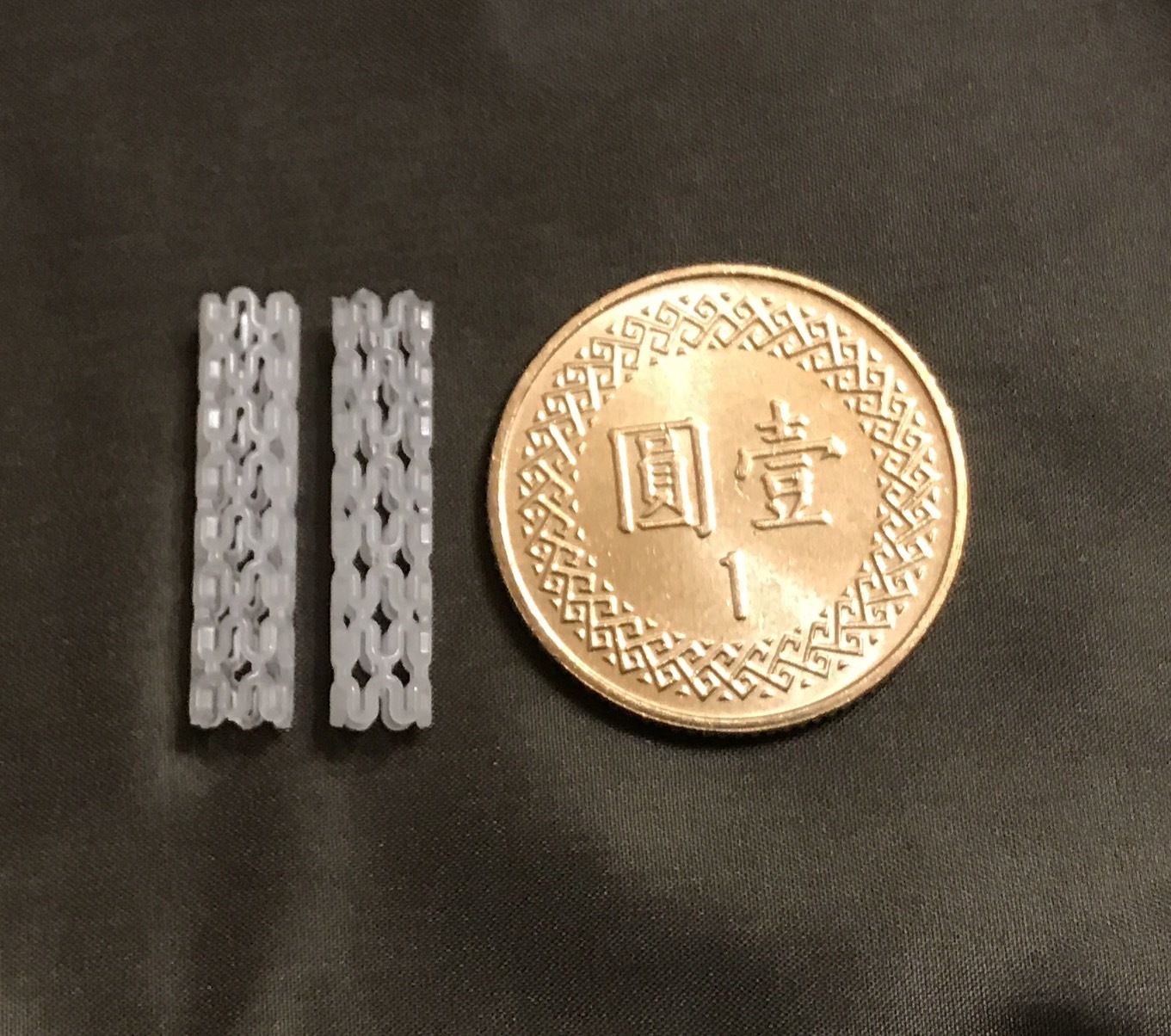
A team from NCKUhas developed a novel vascular stent using a new material called PLAM, which combines magnesium with polylactic acid (PLA) plastic. The stent is characterized by its dual features of easy degradation and trackability for imaging purposes.
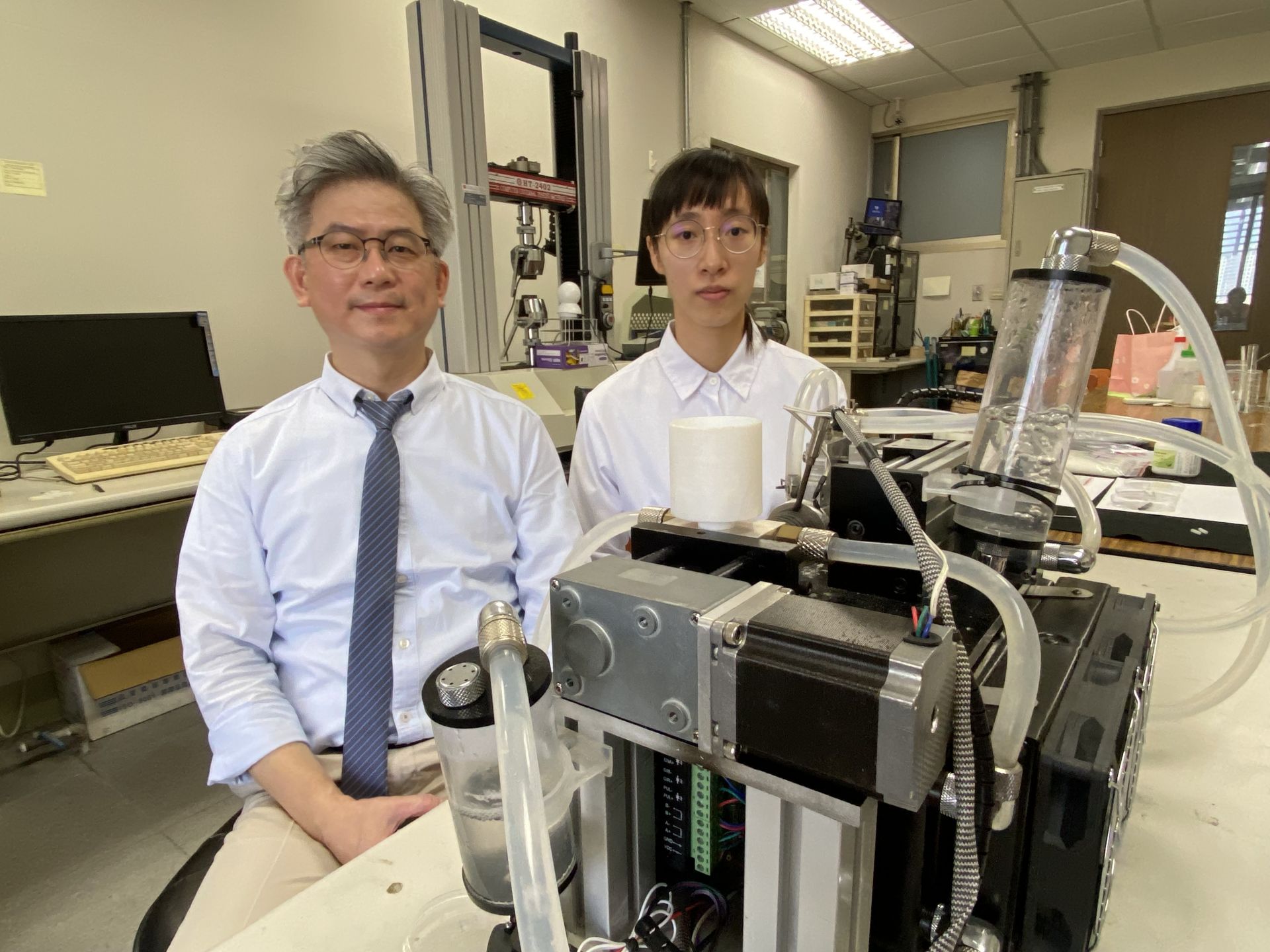
Professor Fei-Yi Hung, a distinguished professor in the Department of Materials Science and Engineering at NCKU(left), and Ph.D. student Ying-Ting Huang (right) have developed a globally innovative material called PLAM for vascular stents. The precision micro-injection molding machine used in the stent fabrication is shown in the foreground. This breakthrough material, combining magnesium and polylactic acid (PLA), holds the potential to benefit patients with cardiovascular diseases in the future.
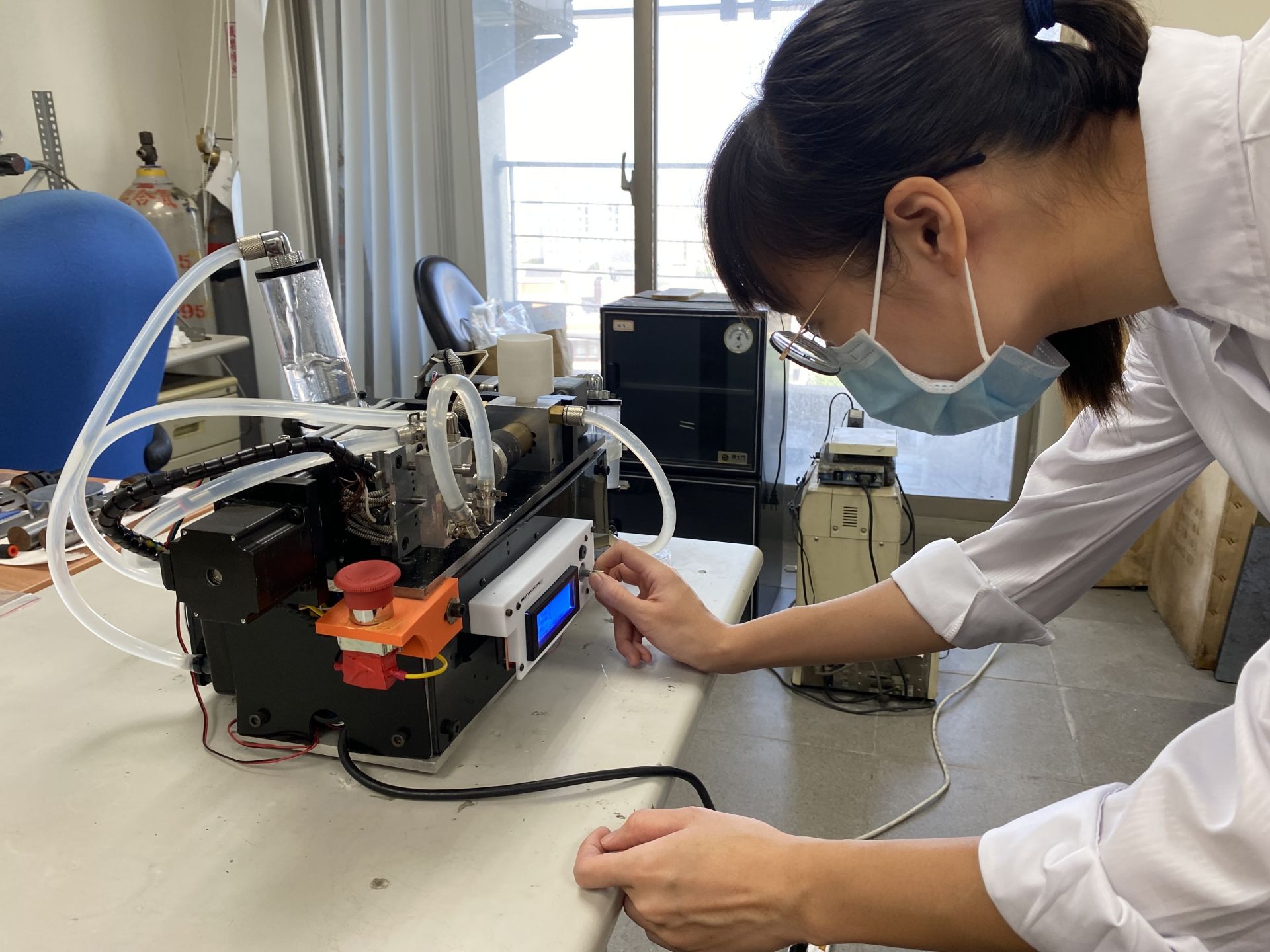
Professor Fei-Yi Hung and his team from the Department of Materials Science and Engineering at NCKU have developed a globally innovative material, PLAM, for vascular stents. In the image, Ph.D. student Ying-Ting Huang is seen operating the precision micro-injection molding machine used in the fabrication of the stents.
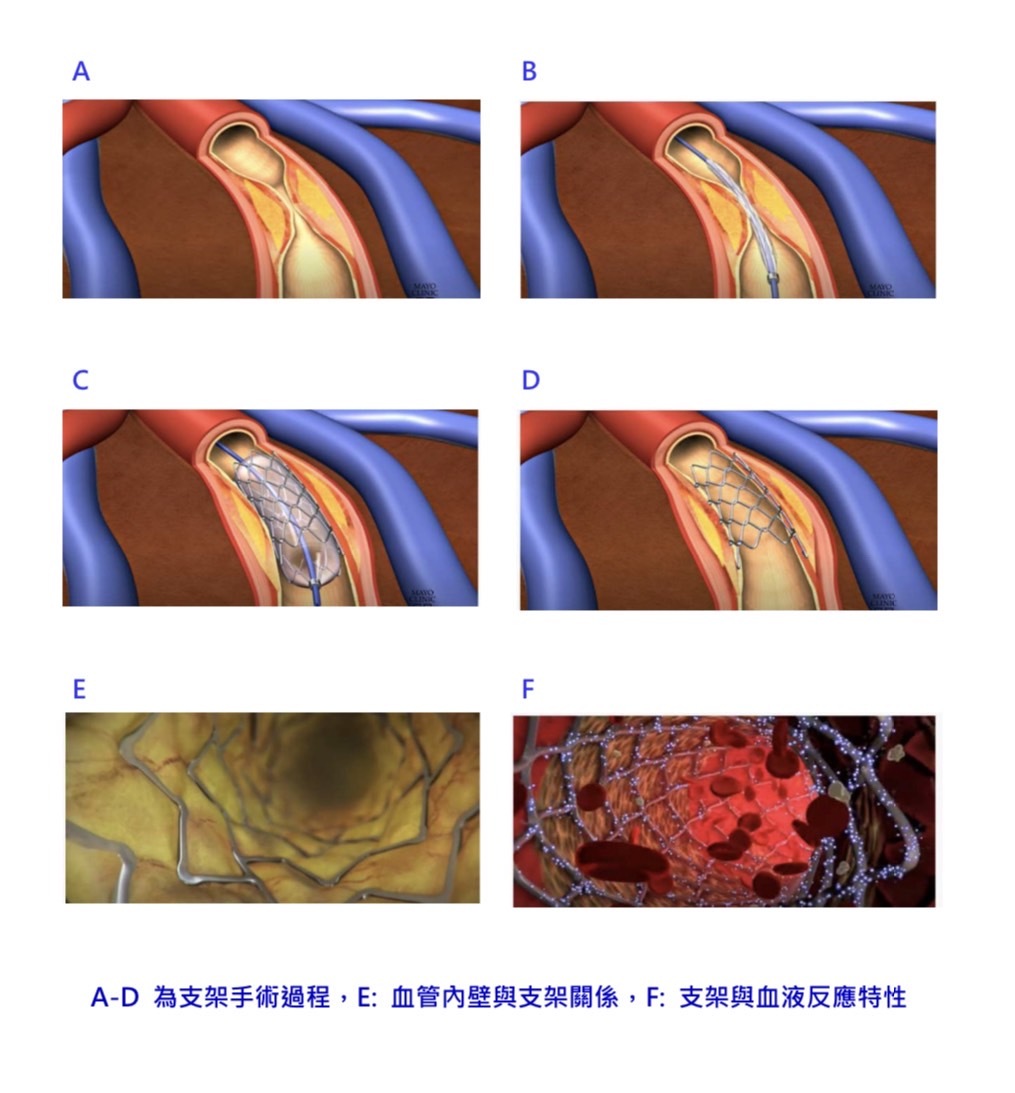
The newly developed vascular stent using the innovative PLAM material by the NCKUteam, when implanted in the human body, exhibits a bright magnesium metal powder under X-ray imaging tracking.
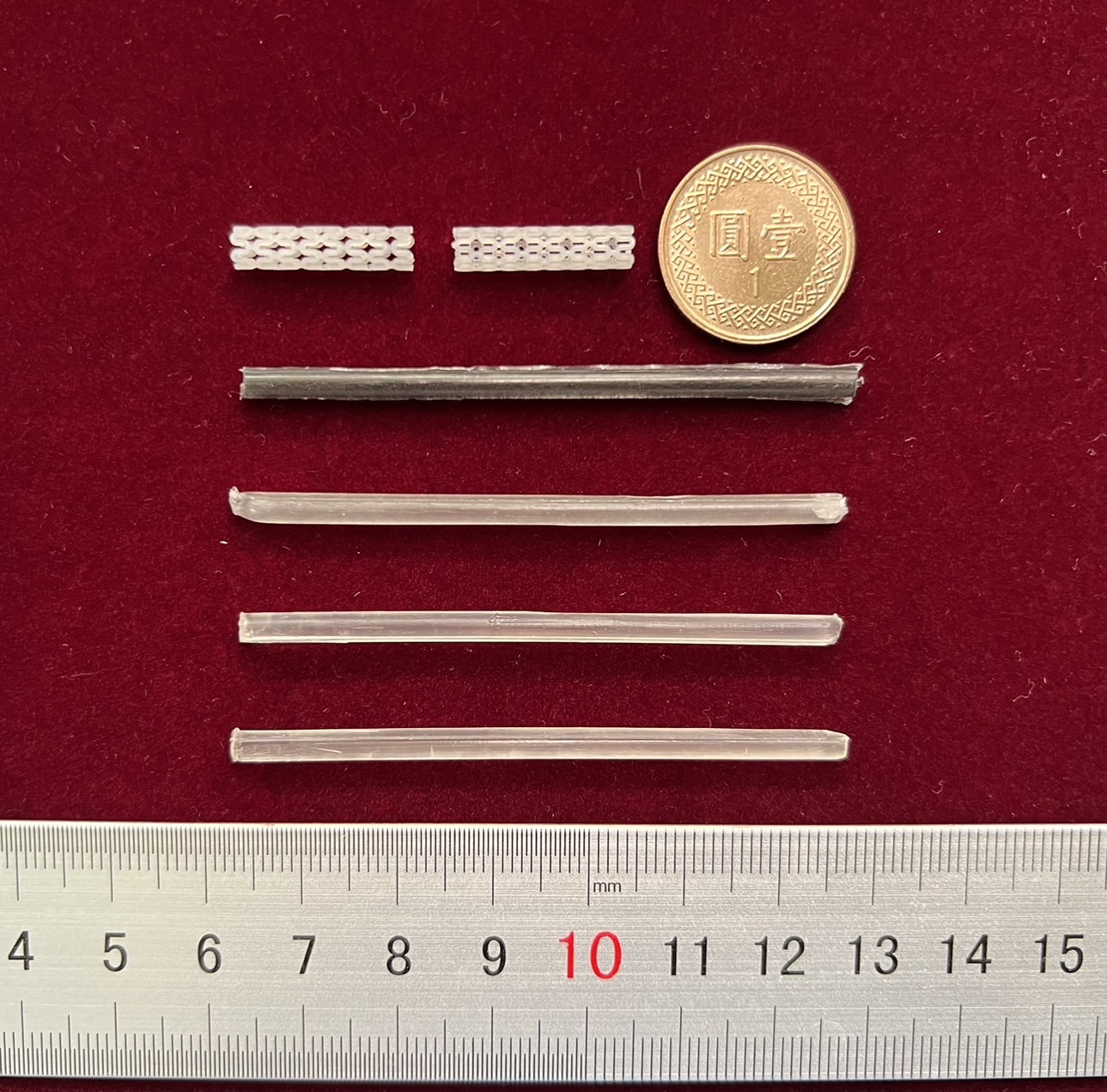
The NCKUteam has created a vascular stent using the novel material PLAM, which combines magnesium with polylactic acid (PLA) plastic. This stent possesses dual characteristics of easy degradation and traceability under X-ray imaging.





